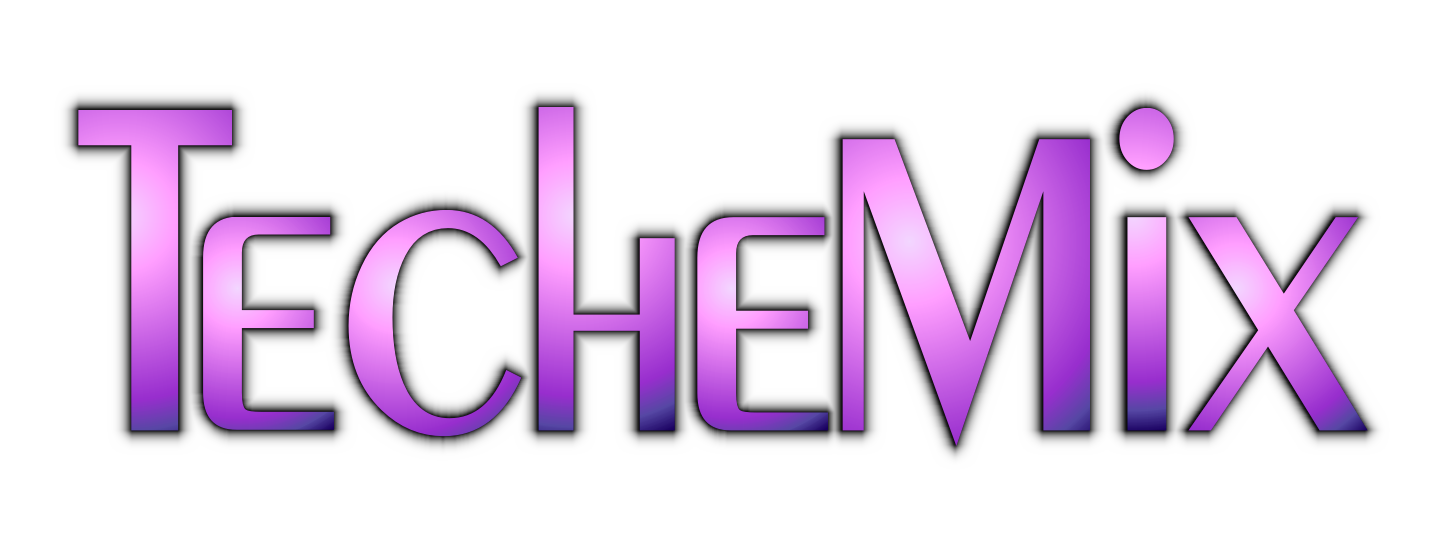YouTube’s Content ID system is the backbone of copyright enforcement on the platform—it scans every upload, compares it to a massive database of copyrighted audio and video, and helps rights holders decide whether to block, monetize, or track content usage. Whether you're a creator or rights owner, understanding how it works in 2025 is crucial for protecting your content and avoiding unnecessary strikes.
1. What Is Content ID and How It Works
When you upload a video, YouTube automatically scans it against reference files submitted by content owners. Similar to a digital fingerprint check, Content ID claims are triggered when there’s a match—typically within seconds of upload Reddit+10AIR+10Free Music for YouTube+10YouTube+6Wikipedia+6Free Music for YouTube+6.
Owners can choose one of three actions upon a match:
-
Block the video entirely
-
Monetize it by placing ads and collecting revenue
-
Track viewership analytics while letting the content stay live YouTube+8Google Help+8musicbed.com+8Creator Hero
Importantly, these rules can apply to specific regions—content might be monetized in one country but blocked in another AIR+1Google Help+1.
2. Who Can Use Content ID?
Content ID isn’t open to everyone. Only:
-
Large creators, studios, and record labels
-
Channels with exclusive rights to significant amounts of content
-
Rights holders working via multi-channel networks (MCNs)
It’s tailored for those needing advanced copyright control Google Help+11AIR+11musicbed.com+11.
3. Claims vs. Strikes—What’s the Difference?
-
A Content ID claim is automated. It doesn’t harm your channel—unless you repeatedly violate or ignore it.
-
A copyright strike is a manual takedown, often more serious. Three strikes within 90 days can terminate your channel Wikipedia+9Creator Hero+9AIR+9.
4. What Happens After a Content ID Claim?
-
Monetize: Rights owner keeps ad revenue.
-
Track: They get analytics—views, geography—but you keep your video.
-
Block: YouTube removes your video in targeted regions or globally YouTube+5AIR+5musicbed.com+5Medium+2Creator Hero+2Free Music for YouTube+2.
You will receive notifications in YouTube Studio (and via email), and the dashboard specifies which segment was flagged Creator Hero.
5. How to Dispute a Claim
If you believe it's mistaken or qualify for Fair Use, you can dispute it in Studio:
-
Rights holders have 30 days to respond
-
If they do nothing, the claim is typically dropped Wikipedia+6AIR+6musicbed.com+6
-
Tip: Prepare documentation—audio licenses or content proofs—to support your case
6. Common Challenges with Content ID
-
False positives: Even short clips or mirrored visuals can trigger claims Redditmusicbed.com
-
Fair Use ambiguity: YouTube doesn’t auto-approve Fair Use—you must dispute claims manually musicbed.com
-
Access limits: Small creators can’t register their content directly—only uploaders with Content ID access can protect videos this way Wikipedia+1Wikipedia+1
7. New AI Detection Tools (2025 Update)
YouTube is also rolling out new features to combat AI-generated misuse:
-
Synthetic-singing detection (for AI-cloned voices)
-
Facial deepfake identification, integrated into Content ID The Verge+1Wikipedia+1
These tools help creators protect their likeness from AI misuse.
8. Best Practices for Creators
-
Use licensed music or royalty-free tracks (e.g., Epidemic Sound) to avoid false flags WIRED+9The Verge+9YouTube+9Creator Hero+2Reddit+2Free Music for YouTube+2
-
Avoid template‑style or inauthentic content—YouTube now penalizes channels for repetitive, non-original uploads Google Help+1Medium+1
-
Dispute quickly: Gather proof and act fast for faster claim resolution
-
Stay informed: Changes in policy (like AI tools) happen frequently—check Creator updates regularly
9. Summary Table
| Content ID Element | What You Need to Know |
|---|---|
| Claim | Auto-detection; no penalty; monetize/block/track choices |
| Strike | Manual takedown; 3 = channel termination |
| Dispute | Uploader challenge; 30-day window |
| Fair Use | Not auto-exempt; needs manual dispute |
| Eligibility | Only big creators or MCNs get direct access |
| New AI protection | Synthetic-singing & deepfake detection coming soon |
Conclusion
YouTube’s Content ID system is powerful and essential for copyright control—but for creators, it can feel frustrating. If your content is flagged, act quickly, know your rights (or licenses), and dispute valid claims. As AI tools evolve, new protections are emerging, making it more important than ever to stay updated.
Use this guide to navigate Content ID confidently—and keep your channel safe and monetized.
SEO Keywords: YouTube Content ID 2025, how Content ID works, Content ID claims vs strikes, dispute Content ID, private content protection, AI deepfake detection YouTube

























